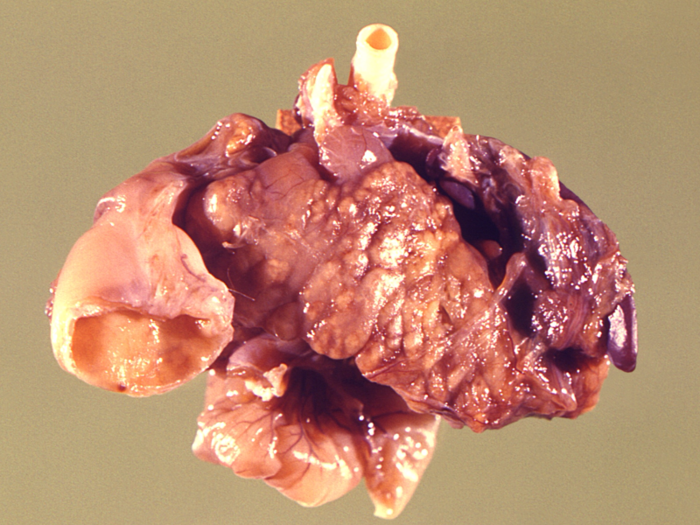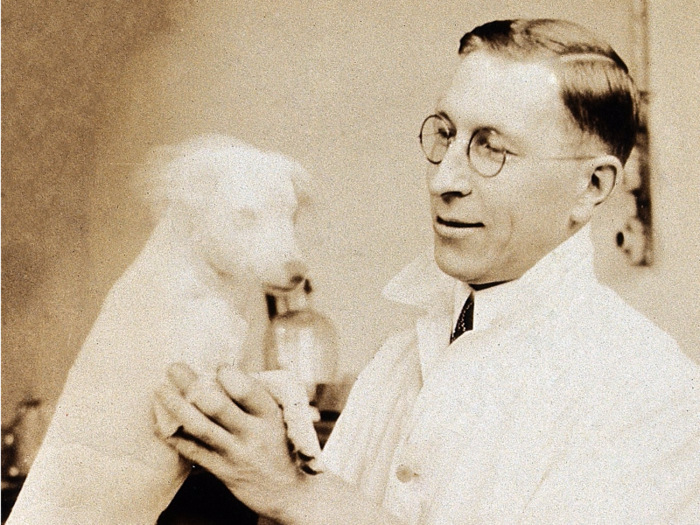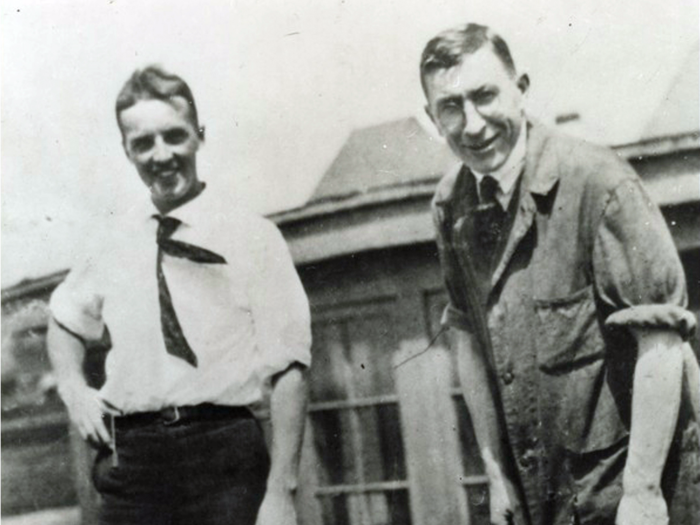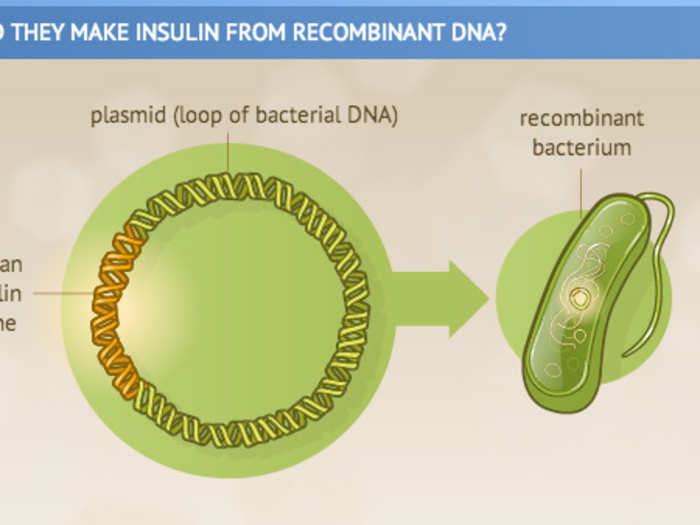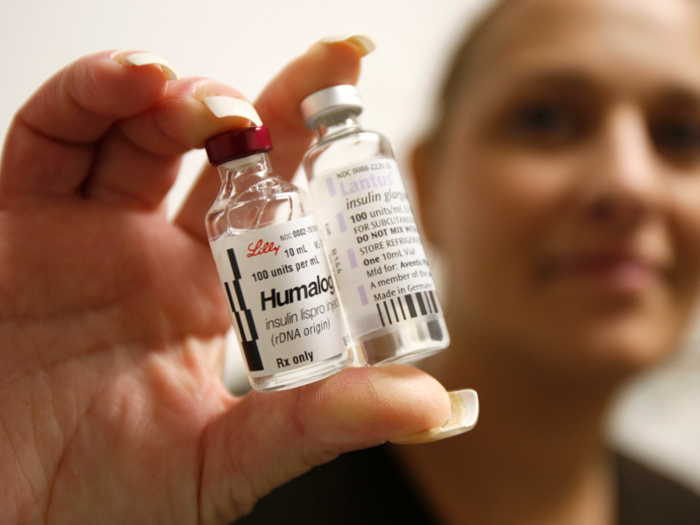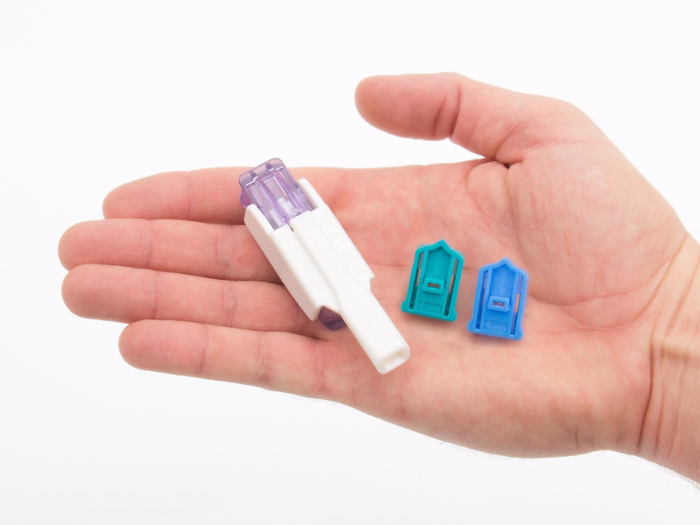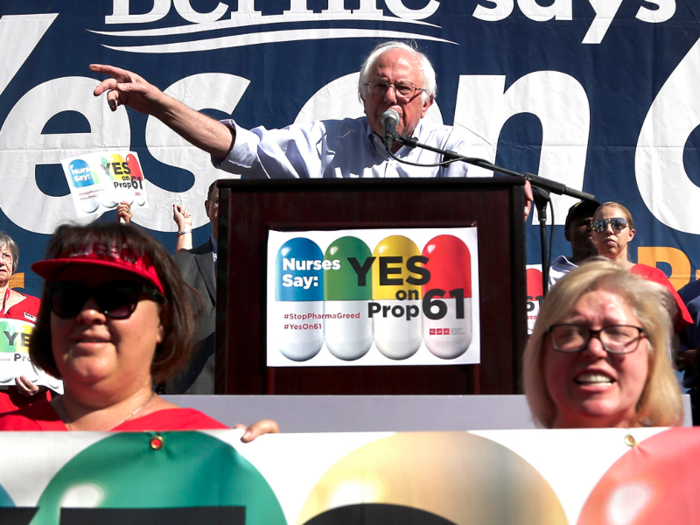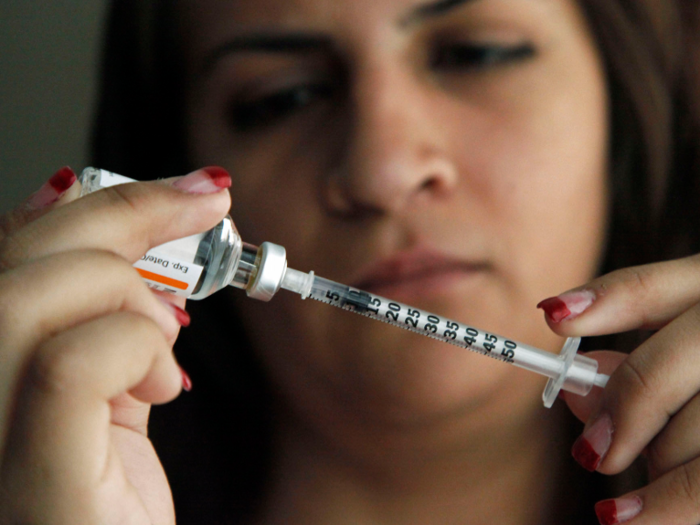From there, it wasn't long before Banting and Best began injecting insulin from animal pancreases into people to treat their diabetes. In 1922, the first person with diabetes was given an insulin injection. The team went on to win the Nobel Prize for the discovery of insulin in 1923, and later sold the patent for a total of $3 to the University of Toronto.
A 2011 World Health Organization review, however, did not find that analogue insulins had any advantage over human insulins. The newer insulins also come at about twice the price as human insulins, which the WHO said was not worth it.
Research into finding newer insulins, or better ways to deliver insulin, continues. In September, the FDA approved the first "artificial pancreas," a device that can both monitor glucose levels and deliver insulin. And according to the drug trade group PhRMA, there are 135 drugs in development for both type 1 and type 2 diabetes.
Even so, the current price of insulin continues to be a concern for those living with diabetes along with their families. It's attracted the attention of lawmakers like Senator Bernie Sanders, who went after insulin makers in early November.

